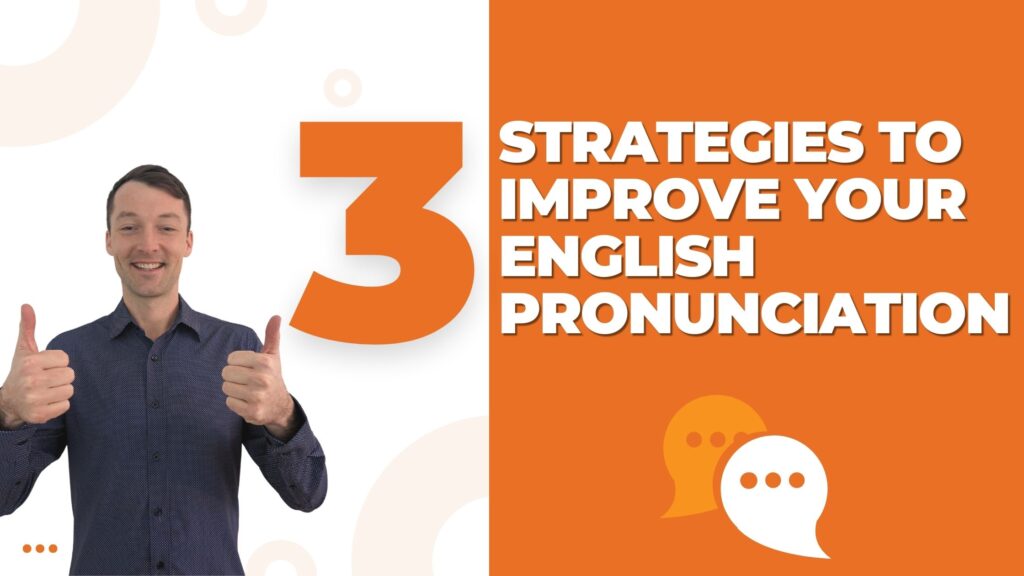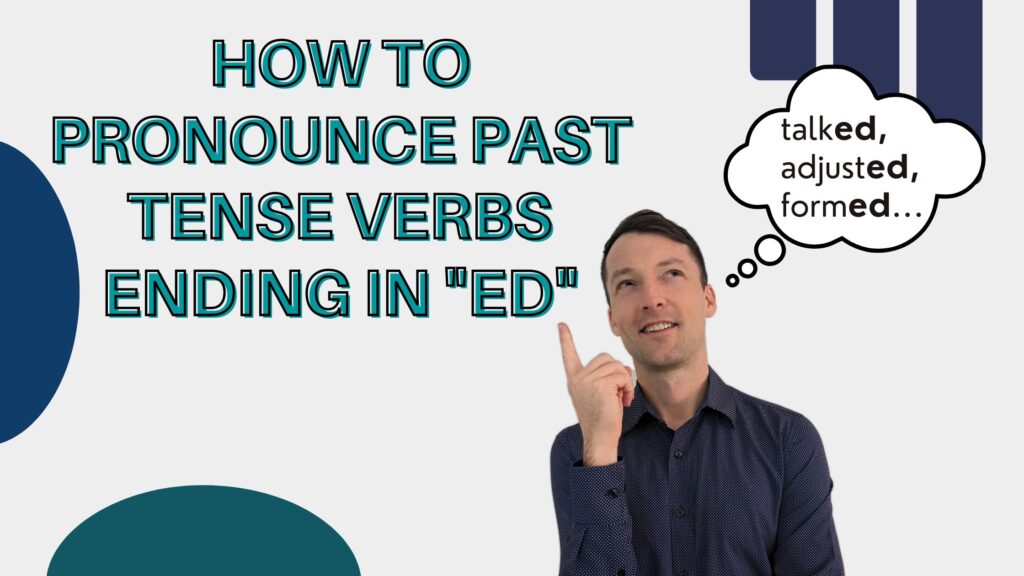Numbers mean the same thing in every language. How we talk about numbers varies, however, from language to language. It even varies among countries that speak the same language. For example, British people express some numerical concepts differently than Americans. In this posting I talk about expressing numbers in American English. There will be many examples. The download at the end will give you additional practice talking about numbers in American English.
Let us look at the many ways we can talk about numbers.
Expressing quantities
Using numbers to express quantities is easy. The number reads exactly the way it is written. In the following examples, you will see the number written with digits. You will see it as it is pronounced in parentheses.
7 (seven)–My friend has 7 children. ![]()
32 (thirty-two)–He is 32 years old. ![]()
396 (three hundred ninety-six or three hundred and ninety-six)–The new hospital has 396 beds. ![]()
1,848 (one thousand eight hundred forty-eight or eighteen hundred forty-eight)–When the factory closed, 1,848 people lost their jobs. ![]() Note that the thousands place is set off with a comma, not a period.
Note that the thousands place is set off with a comma, not a period.
Using numbers to express an identity
Sometimes we use a number to express and identity such as a page number, a flight number, or a phone number. When this happens, the rules are a little different.
To express a page number or a flight number, we read the number as written if it is under 100.
6 (six)–The illustration is on page 6. ![]()
42 (forty-two)–I’m leaving on United Flight 42 in three hours. ![]()
If the number has three or more digits, we read it this way: X XX, XX XX, or X XX XX.
362 ( three-sixty-two)–Please turn to page 362 in your textbook. ![]()
1658 (sixteen-fifty-eight)–Mary is arriving on Flight 1658 tomorrow. ![]()
When the number contains a zero, we often call it “oh,” even though o is a letter and not a number.
Flight 1709 (seventeen-oh-nine) ![]()
To express a phone number, we simply say each number individually.
My office phone number is 303-555-1624 ![]() (three-oh-three-five-five-five-one-six-two-four).
(three-oh-three-five-five-five-one-six-two-four).
Expressing the numbers in an address
When we talk about an address, we use the same rules that apply to a page number or a flight number to express the house number and the apartment number.
3 (three)–3 S. Adams St., Apt. 412 ![]() (four-twelve)
(four-twelve)
96 (ninety-six)–96 E. Center Ave. Unit 6B ![]() (six B)
(six B)
514 (five-fourteen)–514 W. Dakota Ave. ![]()
1003 (ten-oh-three)–1003 Oak St. ![]()
12338 (one-twenty-three thirty-eight)–12338 N. Frontage Rd. ![]()
To pronounce the zip code, we say each number individually.
Denver, CO 80207![]() (eight-oh-two-oh-seven)
(eight-oh-two-oh-seven)
Talking about money
When we talk about money, we put a decimal point (.–dot) between the dollars and the cents. We read the decimal point as and. Read the numbers on either side of the decimal point as written.
$29.89–(twenty-nine dollars and eighty-nine cents) ![]()
$306.27–(three hundred six dollars and twenty-seven cents) ![]()
$5,618. 05–(five thousand six hundred eighteen dollars and five cents) ![]()
Expressing fractions and decimals with numbers
Americans use fractions more than many other countries. Perhaps this is because Americans do not use the metric system. Here are some common fractions and how they are read:
Most people are more familiar with decimals. A decimal point (.) is a dot. We read the number to the left of the decimal point as it is written. Then we say point. Finally, we usually read the numbers to the right of the decimal point individually or as X XX.
3.14–(three-point-one-four or three point fourteen) ![]()
27.143–(twenty-seven-point-one-four-three or point-one-forty-three) ![]()
853.16–(eight hundred fifty-three-point-one-six or point-sixteen) ![]()
Ordinal numbers
Ordinal numbers tell what order things or events come in. Here is a short list of ordinal numbers:
This pattern of th continues through twentieth. Then it starts over with 21st, 22nd, 23,rd, 24th, etc. This continues indefinitely.
My sister lives on the 3rd street west of California Ave. Her address is 1825 E. 14th Ave. ![]()
Using numbers vs. words
In very formal academic writing, we write numbers below 100 as words. After that we use digits. In informal, everyday writing, we may use words for numbers below 10, and digits thereafter. When we write very informally such as texts, e-mails, and social media postings, we may use digits for everything, no matter how small. Americans are using digits more and more these days for all numbers.
You now know that we may read the same number differently depending on whether it is used as a quantity or and identification. For quantities, we read the number as written. With identities, we read the number as X XX, XX XX, or X XX XX. In some numbers such as phone numbers or zip codes, we read each number individually. In reading money, we place the decimal point between the dollars and cents, and we call it and. For a decimal, we say point. The download will give you additional practice expressing numbers in American English.
Idioms of the day
- a bull in a china shop–This means a person who is very clumsy and breaks things all the time, usually by accident. Even though he means well, Marco breaks the dishes every time he washes them. He’s really a bull in a china shop.

- to go whole hog–This means to do something completely and with a lot of enthusiasm. When he won the lottery, he went whole hog and changed his life. he quit his job, bought a $5,000,000 mansion, and 6 new cars.

(adsbygoogle = window.adsbygoogle || []).push({});




